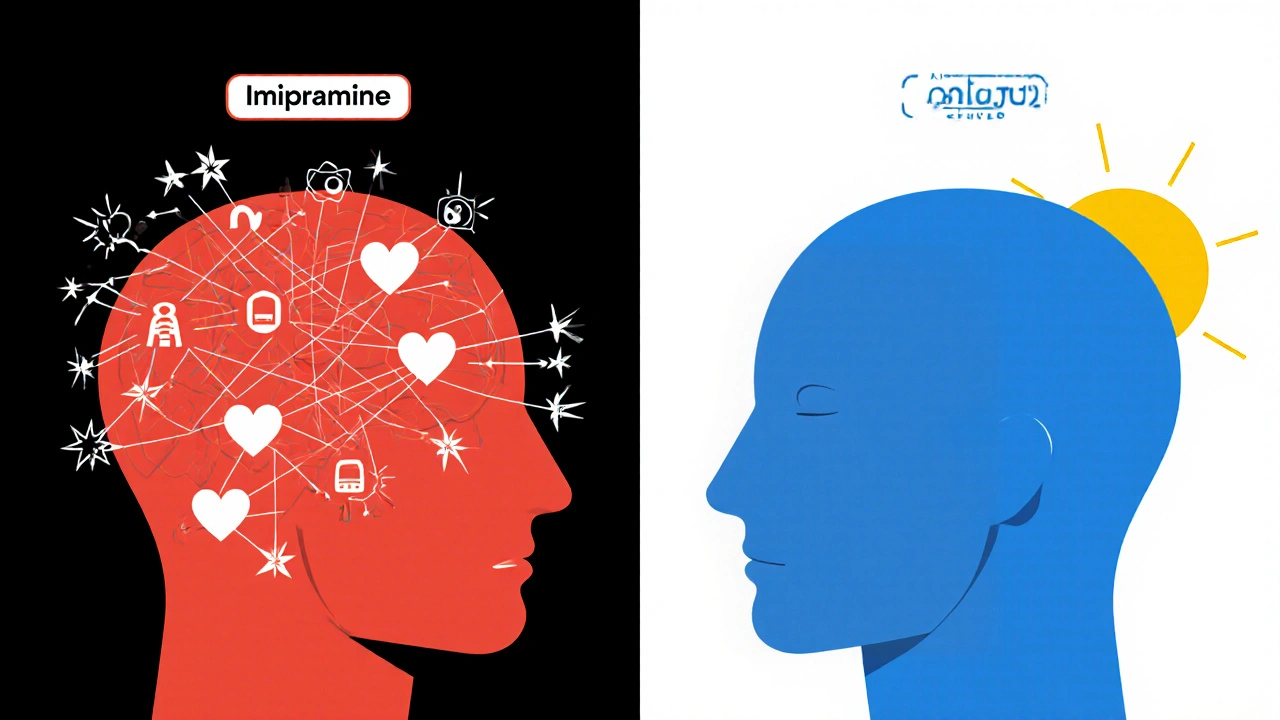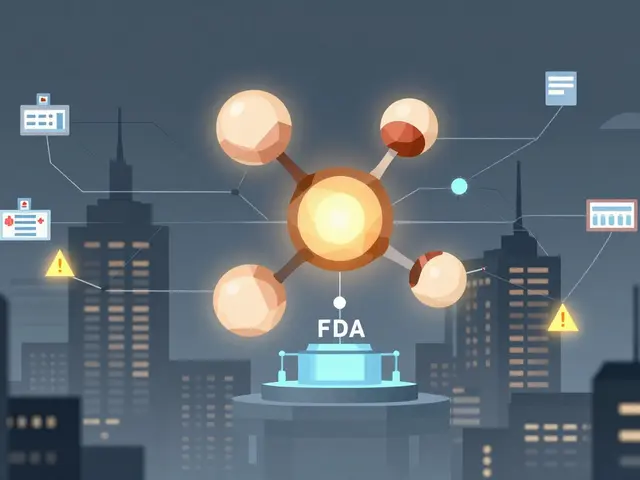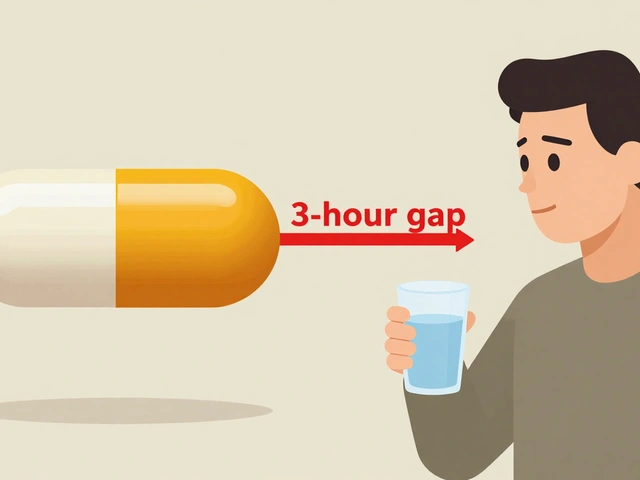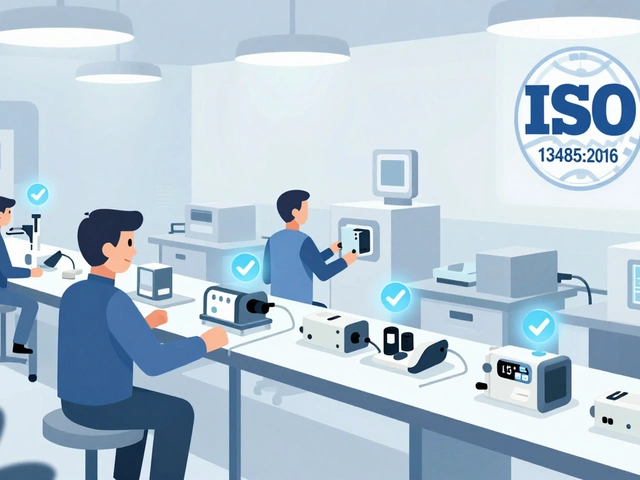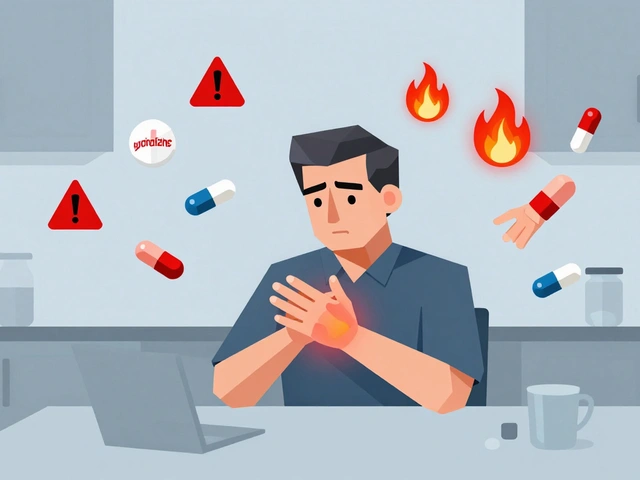Tricyclic Antidepressants: What They Are, How They Work, and What to Know
When you hear tricyclic antidepressants, a class of prescription medications first developed in the 1950s to treat depression by balancing brain chemicals like serotonin and norepinephrine. Also known as TCAs, they were the go-to treatment before SSRIs became popular—but they’re still prescribed today, especially for stubborn depression, nerve pain, or when other drugs fail. Unlike newer antidepressants, TCAs don’t just target one chemical; they hit multiple pathways, which can make them more effective for some people—but also more likely to cause side effects.
Common amitriptyline, a widely used TCA often prescribed for depression and chronic pain conditions like fibromyalgia. Also known as Elavil, it’s one of the most studied in this group. Then there’s nortriptyline, a metabolite of amitriptyline that tends to cause fewer dry mouth and drowsiness issues. Also known as Pamelor, it’s often chosen for older adults or those sensitive to side effects. And imipramine, the first tricyclic ever made, still used for depression and bedwetting in children. Also known as Tofranil, it’s one of the few TCAs with FDA approval for pediatric use. These aren’t just names on a list—they’re tools doctors reach for when other treatments don’t cut it.
Tricyclic antidepressants work differently than SSRIs. They block the reuptake of serotonin and norepinephrine, which means more of these mood-lifting chemicals stay active in the brain. But they also interfere with histamine, acetylcholine, and sodium channels—that’s why side effects like dry mouth, constipation, blurred vision, weight gain, and dizziness are common. Some people tolerate them well; others can’t. That’s why they’re not first-line anymore—but they’re not obsolete either. If you’ve tried multiple antidepressants and nothing stuck, your doctor might bring up TCAs again. They’re not flashy, but they’ve helped millions.
What you won’t find in every article about TCAs is how they connect to real-life use. People take them for depression, yes—but also for migraines, nerve pain from diabetes, chronic back pain, and even sleep issues tied to anxiety. The same pill that lifts mood can calm aching nerves. That’s why you’ll see posts here about managing side effects, switching from newer drugs, and how lifestyle changes like sleep and diet can make TCAs easier to handle. You’ll also find comparisons with other meds, like how TCAs stack up against SNRIs or atypical antidepressants, and why some patients end up going back to them after trying everything else.
There’s no one-size-fits-all answer with tricyclic antidepressants. What works for one person might leave another too groggy to drive. But if you’re looking for honest, practical info—what they really do, how to live with the side effects, and when they might be worth the trade-offs—you’ll find it below. These aren’t just posts about pills. They’re stories from people who’ve been there, and guides that help you decide if TCAs are right for you.
Compare Tofranil (imipramine) with modern antidepressants like SSRIs, SNRIs, and atypical options. Learn which alternatives are safer, faster, and more effective for depression and anxiety, and when to consider switching.
Continue reading...

